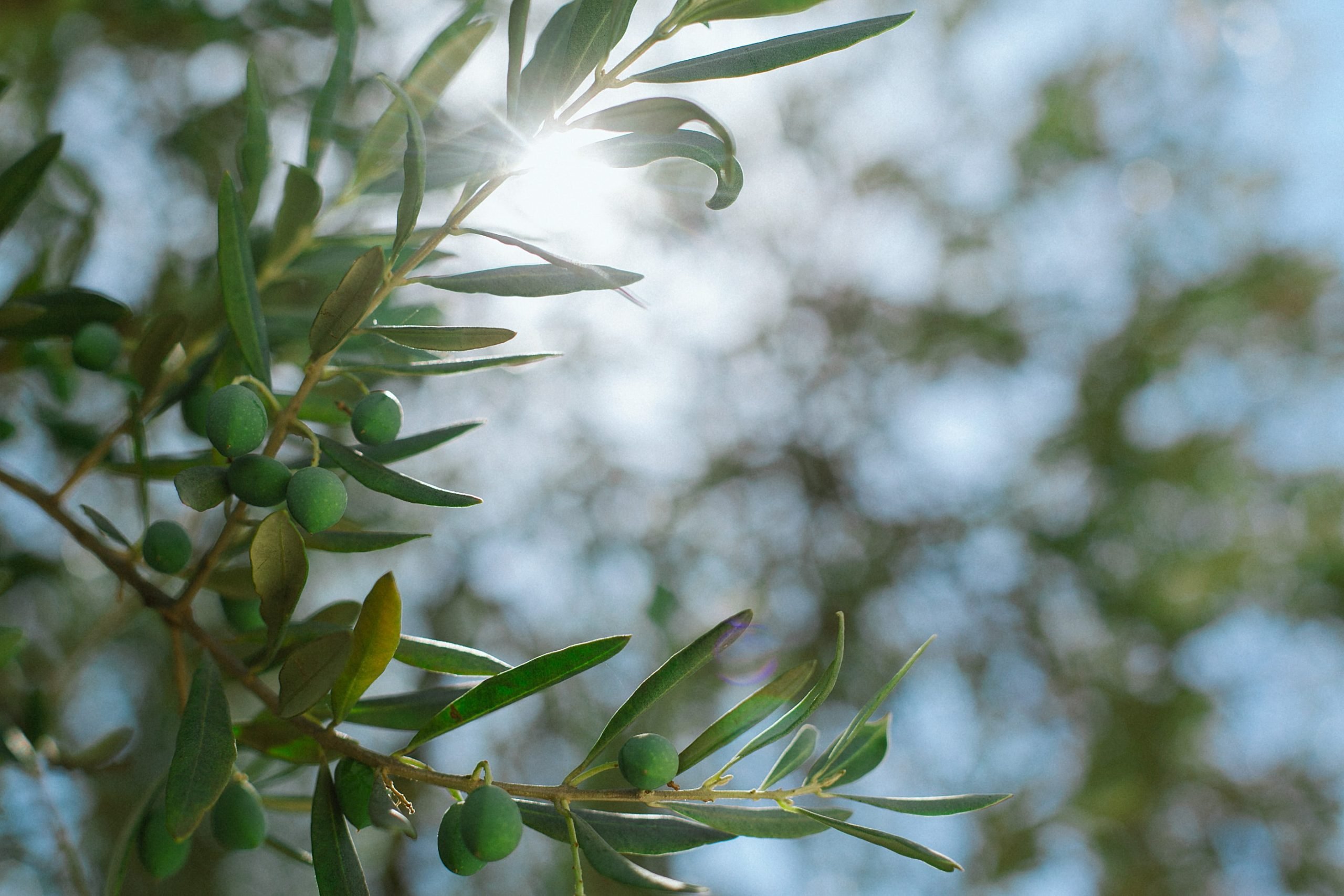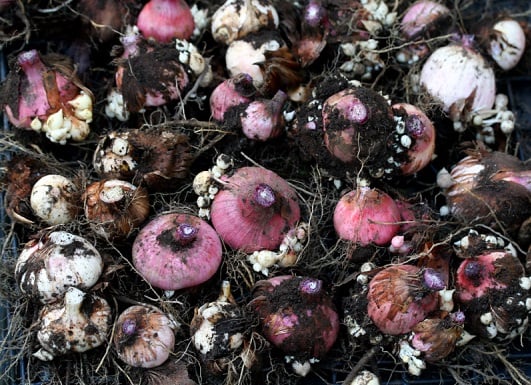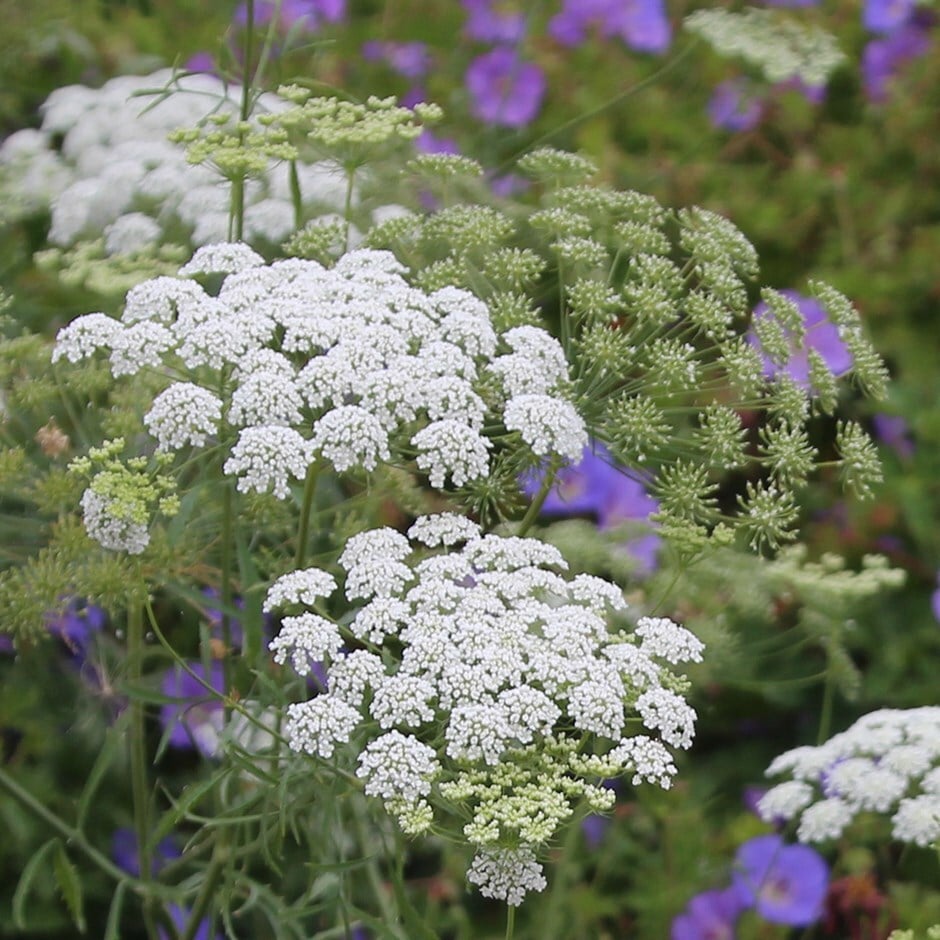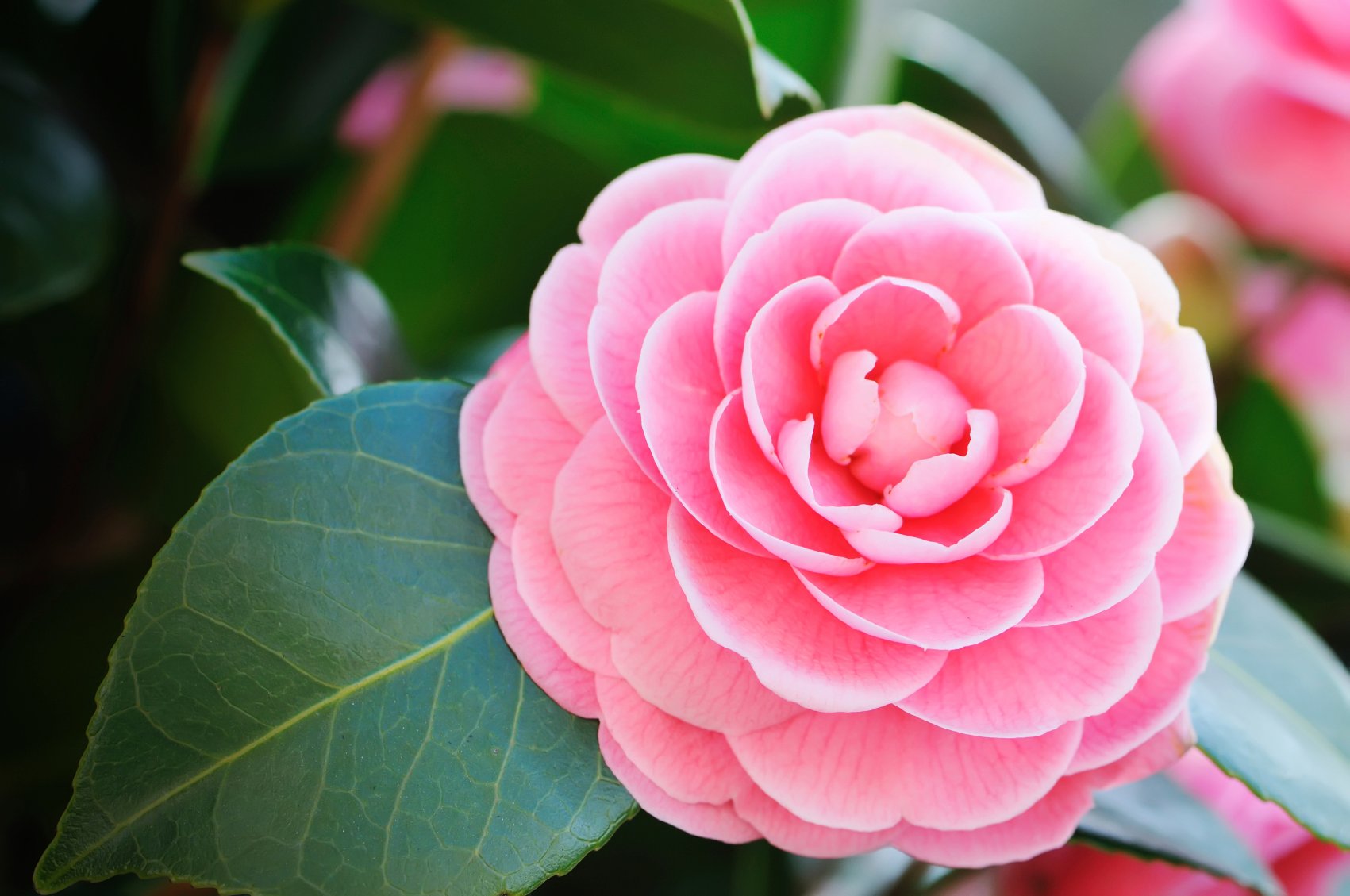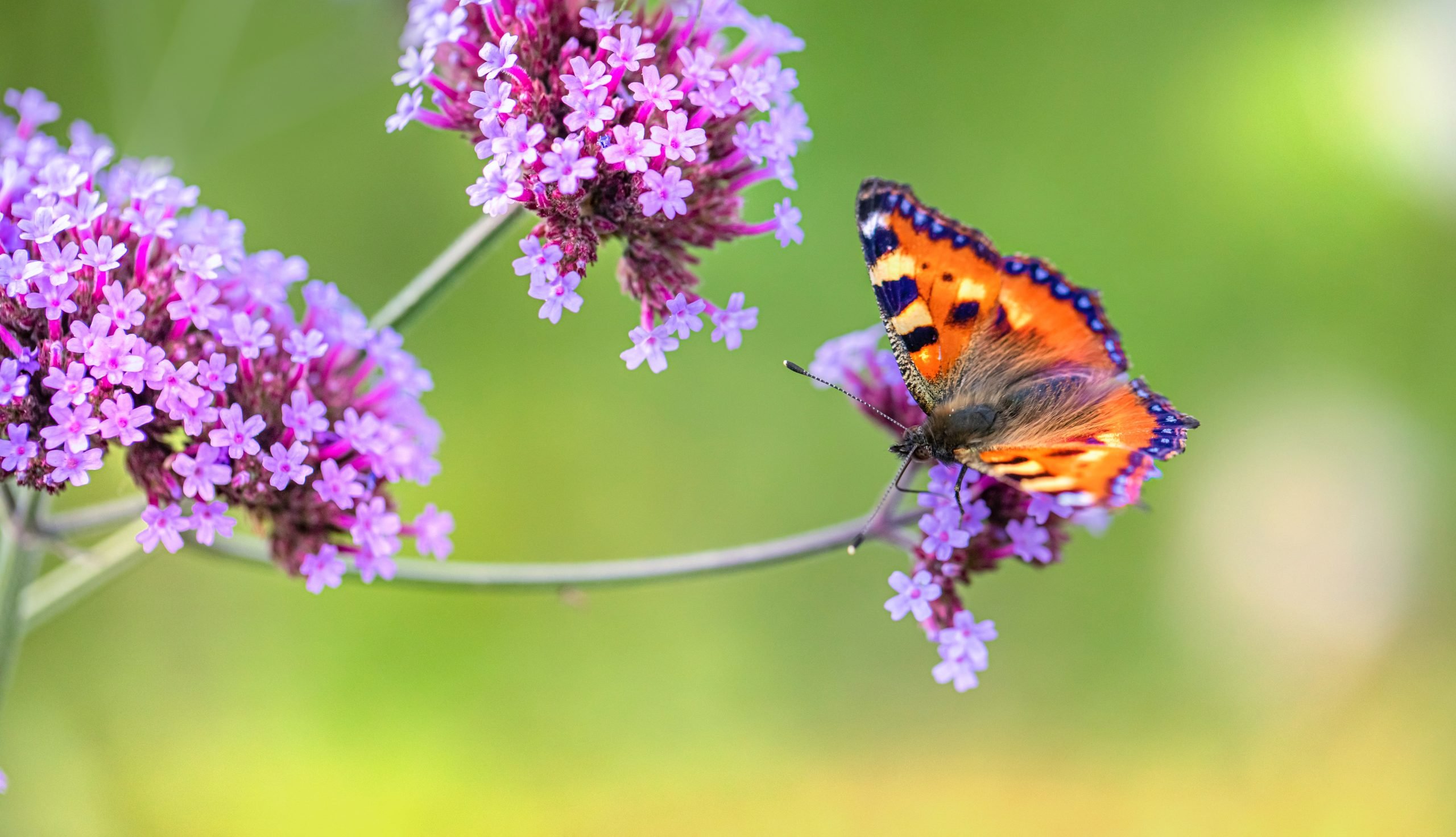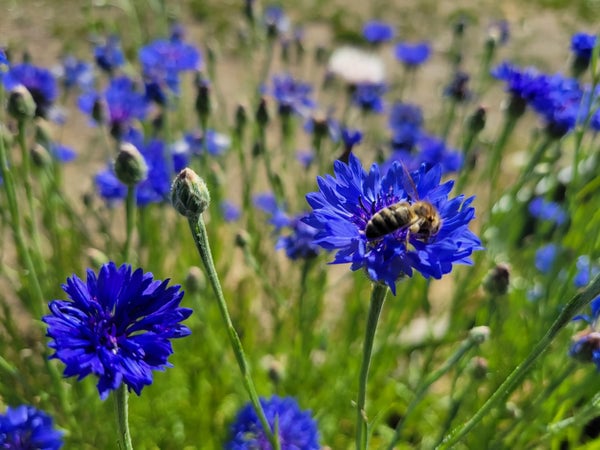4 Common Problems When Growing Alstroemerias
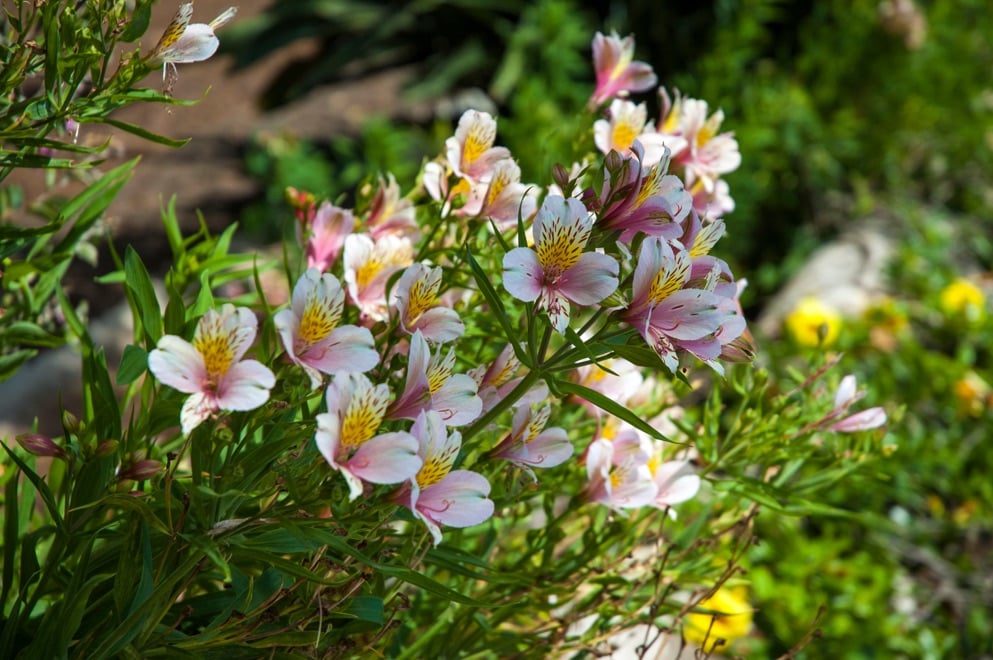
Table of Contents
Alstroemeria is a perennial plant bedding native to South America, especially in Chile and Brazil. This is a planting bed that blooms tuberous flowers indeed. These plant beds produce flowers resembling that of lilies. Hence, the Alstroemeria flower is nicknamed the ‘Lily of the Incus’ or the ‘Peruvian Lily’. These planting beds bloom flowers starting in early summer.
Depending on the variety of Alstroemeria variants you plan to cultivate across your home gardens or commercial spaces, they can bloom as long as the winter fall. As the planting beds produce lily-like flowers with strong stems, they grow as bushes up to two or three feet tall. These are planting beds that thrive in warmer climate zones.
Alstroemeria is a relatively problem-free and easy-to-maintain plant to start with. However, you have growing tips and guidelines you may need to keep track of so that these plantings mature in a healthy manner.
Let us discover common Alstroemeria problems you may have to deal with, along with varieties of flowers you can choose from and plant-care tips that are involved in helping them grow well.
Common Growing Problems of Alstroemeria Plants
Let us now discover the four common problems of Alstroemeria plants:
1. Exposure to Cold Weather Conditions
Alstroemeria plants cannot withstand biting cold or frosty weather conditions. The plant may sometimes die when you plant in a bed or across borders. However, you must ensure the roots survive to generate new growth during the spring season. For this to happen, you must mulch these plants well for the first few months of their development. The younger roots may not have the stamina to sustain aggressively cold winters.
You can also ensure that these planting beds are not exposed to snowy or frosty locations in your home. Again, while you plant these Alstroemeria flowering plants inside pots or containers, you can shift their positions indeed. These beds can be brought into cooler porches or unheated greenhouses so that you can keep the flowering beds frost-free. You must also avoid placing the plants inside flimsy containers as the roots cannot protect the soil firmly. The cold temperatures can also damage the containers if they are too brittle or fragile.
2. Water-Logging Can Be Another Major Problem for Alstroemeria Plants
Water-prone areas can adversely impact the robust growth and well-being of Alstroemeria plants. Heavy rainfall or snowfall leads to water logging near the planted areas of your garden spaces. You may have to position these flowering beds in clutter-free spots carefully. For example, you can place them into sheltered zones of your veranda spaces so that the plants are not susceptible to water logging zones of your exteriors.
When you grow these plants in outdoor areas of your homes, make sure you use suitably free-draining soil. Again, when you grow them into containers, make sure these containers have enough drainage holes to the base. You can also add better grit by including a peat-free and sturdy soil-based medium. In other words, the soil mix must be a free-draining one. If the roots of the Alstroemeria plants are exposed to damp weather conditions, their roots can get impacted adversely. Therefore, you must make sure you never position their gentle flowering beds near water-prone areas.
3. Snugs and Snails Can Be the Third Common Problem to Tackle
If you have a look at it, slugs, snails or other pests can be vulnerable threats to young Alstroemeria plants. The snugs or snails can destroy the tender roots of these delicate flowering beds on the whole. This is because these pests mainly gorge on younger plants, weakening them or destroying them in the whole process. Therefore, you must keep the pets at bay. You can do so by introducing organic predators into your gardens. Say, for instance, birds or hedgehogs. Alternatively, you can also have them removed by hand.
Take a torch light in the evening time and look at the rims of pots or containers wherein you can find these sublime creatures hiding. You may have to create barriers across pots or containers wherein you have planted beautiful-looking Alstroemeria plants. You must keep the pests at bay if you want your flowering plants to remain intact over a longer duration of time. If you have surroundings heavily infested with slugs and snails, then you have to introduce biological controls such as slug traps. To protect young Alstroemeria plants from slugs or snails, slug pellets should never be used as the pellets can harm or impact other forms of wildlife too.
4. Viral and Fungal Infections
Alstroemeria plants must be kept safe from fungal and viral infections. There are certain viruses that can impact the healthier growth of these plants. For instance, the mosaic virus. This type of virus usually causes mottling patterns in leaves. Insects spread the virus to the planting beds indeed. Fungal disorders experienced by the Alstroemeria plants include leaf spots, fusarium wilt, and anthracnose-related disorders. When you figure out spotting on leaves, it clearly indicates that viral or bacterial infection has infected the plants. Hence, you must position these plants carefully and keep them away from insect-prone or water-clogged areas of your homes or residential properties.
Plants placed too close to each other compete for water, sunlight and other nutrients for their growth. You can use a measuring tape while you plant these flower beds for the first time. Unfortunately, placing the plants too close to each other can also pave room for the rise of viral and fungal infections like the formation of spots or moulds on the leaves of these plants.
Discover the Types of Alstroemeria Flowers You Can Look For
Let us discover the different types of Alstroemeria flowers you may cultivate in garden areas or other outdoor spots of the homes or residential properties you stay in:
1. Explore Bali as Flowering Beds
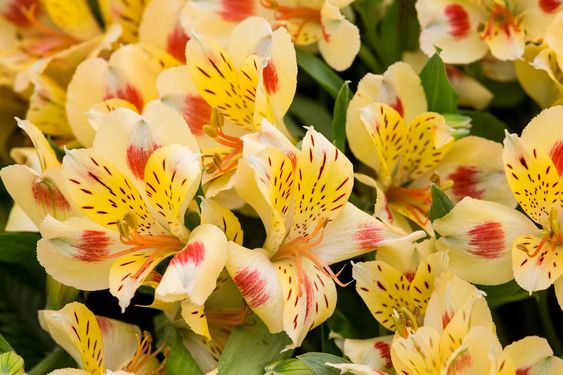
These flowers are called Alstroemeria Bali. The flowers are beautiful to look at. The petals are golden apricot in colour with shaded hues of mahogany and red. The flowering beds require plenty of sunny spaces to grow in. As the flowers have bright colours, they can blend well into your summer garden. The leaves are dark green in colour. The planting beds are more suitable for smaller gardens. You can place the flowering beds into pots too.
2. The Pretty-Looking Candy
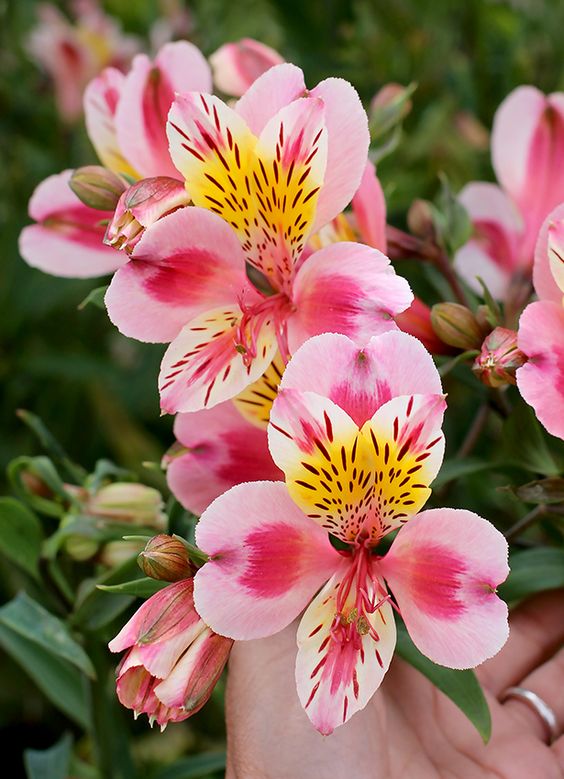
As the name suggests, these are named Candy, as the Alstroemeria flowers are candy-pink in colour. These are pretty-looking flowers that you can think of growing for your summer garden. These planting beds grow taller as compared to other types of Alstroemeria genres. The plant perennials can grow at a height up to 3 feet tall. Even beginners can try hands-off planting Candy Alstroemeria flowers in their gardens since they are easy to grow and maintain. Plus, these flowering beds are sturdy too.
3. The Fougere
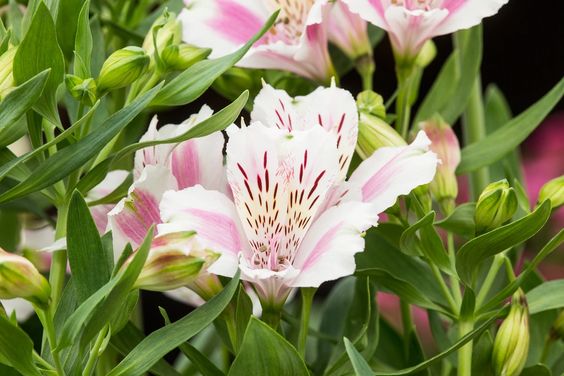
The Fougere plants have flowers that have shades of white and pink. These plants grow at the height of 28 inches or so. Therefore, you can opt to cultivate the Fougere across smaller garden spaces. It would be best to take care not to get too close to the flowering beds as the Fougere flowers can cause minor skin infections.
4. Discover the Land of The Inca Ice
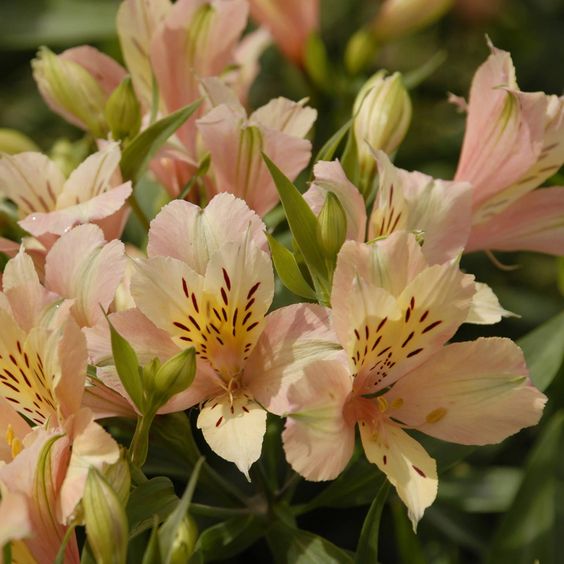
These are the Inca Ice Alstroemeria flowers that you are looking at. These are planting beds that can approximately grow up to 3 feet. The petals have creamy yellow and apricot shades, and these flowers look pleasing to the eyes. As these are planting beds that have slender leaves, it is better for you to have them planted at the border areas of your homes.
5. Have a Look at The Pretty Indian Summer Flowers
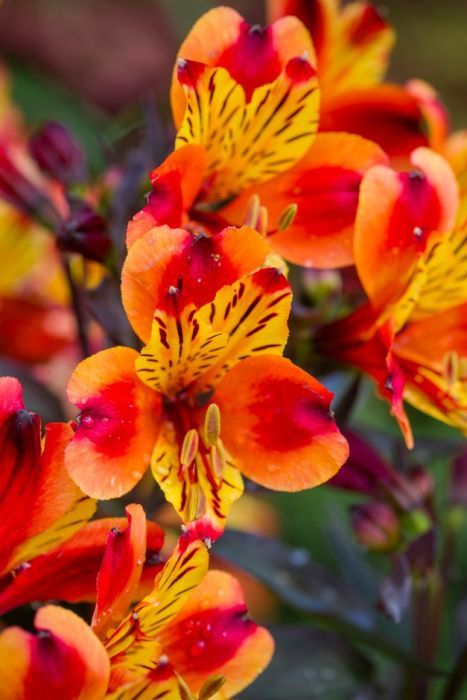
This is the prettiest shade of all the Alstroemeria variants you can look for. The Indian Summer flowers take exotic shades of copper-orange or golden petals once the flowers bloom fully. The leaves of the planting beds also take bronze-shaded hues. These plant perennials can grow up to a height of 28 feet. Indian Summer can attract a lot of butterflies to your garden. These flowers bloom well under the full sun or in partially-shady zones.
6. The Princess Fabian
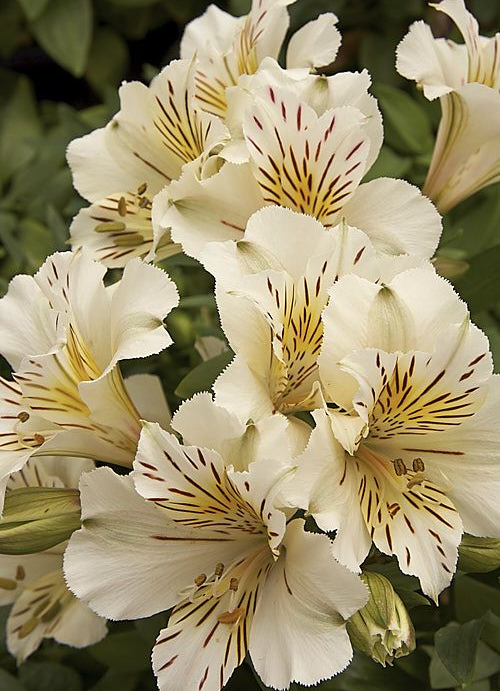
These are white Alstroemerias with light yellow streaks across the insides of the flowers. The planting beds grow to a height of just about 1 foot or so. Hence, you can place the flowering beds inside pots or containers. The creamy-white petals with yellow streaks look strikingly breathtaking against a background of green leaves. You can have these flowering beds planted across outdoor spaces too. However, the flowers require moist soil and partial shade to grow in.
Introducing Plant Care Tips for The Alstroemeria Plants
Let us look at some of the basic plant care tips for Alstroemeria plants to grow well.
1. Amount of Sunlight
Alstroemeria plants require areas of your gardens that are quite sunny. You can place them onto planting beds that are raised. Or, you can use flower pots where the flowers can bloom to their bounty. You can choose a full-length morning sun or choose partial shady zones that are prevalent during the afternoons.
2. Explore the Process of Watering
These plants bloom well when you water them regularly. When you plant Alstroemeria flowering beds for the very first time, make sure you have the rhizomes or underground stems wet until the first shoots pop out. You can then water the beds up to one inch every week. Make sure you water these planting beds regularly to ensure their growth. Once the plants are well-grown, they may use less water. Avoid over-watering these flowering beds as this causes their roots to rot.
3. Discover the Temperature Settings to Grow Alstroemeria Plants
These are plants that grow well during the spring and autumn seasons when the temperature ranges between 65-85 degrees Fahrenheit. Alstroemeria grows well under partial sun. When the weather gets warmer by the end of spring, you can use greenhouses to grow these planting beds. This way, you can prevent their leaves from getting scorched.
4. Avoiding Toxicity
You find a particularly toxic element, namely the ‘toxin tulipalin’, which is found on the sap of the cut flower of most Alstroemeria plants. You can get a skin infection when you come into direct contact with the flowers. This toxic element can also cause vomiting, mouth irritation or other forms of digestive issues when you allow your pet dogs or cats to go near the flowers. Therefore, you can use hand gloves when you garden Alstroemeria in general.
Final Takeaway
You must maintain a good level of hygiene in your gardens to protect Alstroemeria plants against fungal or viral infections. These are relatively easy to grow and maintain perennial beds on the whole.
When you take good care of these planting beds, they can brighten up your garden spaces for years to come. Fungi and moth plants must immediately be taken away from their premises. This is mainly because fungal and viral infections can spread to healthier plants too.
Whether you grow the plant indoors or include it in your gardens, you are going to enhance your spaces. You can include these flowers as a floral gift or create a bouquet out of them to make way as a wonderful present.
This is because the flower cuttings look fresh when placed in a vase for up to two weeks. Alstroemeria is, therefore, a versatile plant bedding that looks good in gardens or is used for ornamental purposes.

